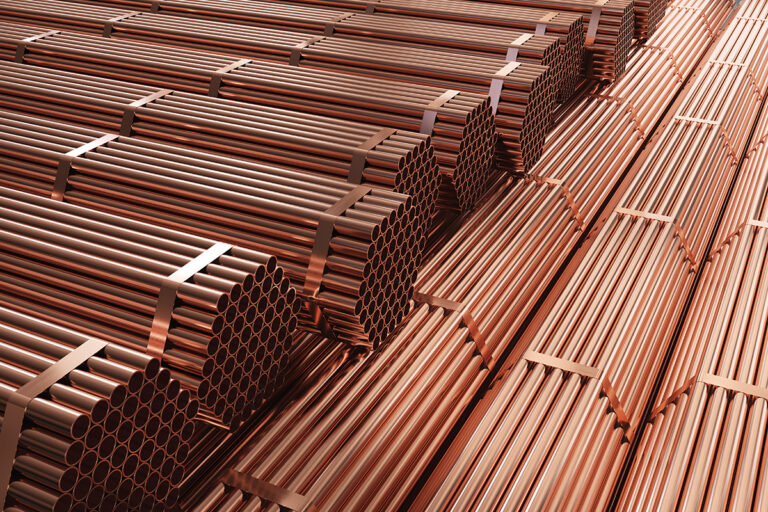US copper markets have been left with a glut of metal after President Donald Trump unexpectedly delayed a planned 50 per cent tariff on imported copper, Saxo Bank said on Wednesday.
The tariff, originally expected to start on Aug. 1, drove New York copper prices to record levels in early July as traders rushed to import supplies before the deadline. But Trump’s sudden decision to exempt refined copper until at least January 2027 caused those prices to collapse and left US warehouses with the biggest stockpiles in more than two decades.
Copper prices tumble after Trump decision
“Imports are now likely to fall sharply, and US prices could even drop below global levels until the excess is cleared,” said Ole Hansen, Head of Commodity Strategy at Saxo Bank.
Copper futures in New York hit $5.90 per pound on July 8 after Trump’s surprise tariff announcement – twice the rate markets had anticipated. The sudden spike made US copper far more expensive than London Metal Exchange prices, with a premium of 34 per cent at one point.
While US prices whipsawed, global copper prices held steady at about $9,550 per tonne ($4.33 per pound). Hansen said the longer-term outlook for copper remains positive, driven by strong demand for electric vehicles, renewable energy projects and the rapid growth of data centres powered by artificial intelligence.
“Copper is becoming one of the most important resources for the global energy and technology transition,” Hansen said.
Gold, silver and platinum cool after big gains
The turbulence in copper spilled over into precious metals, which paused for breath in July after a strong first half of the year.
Gold prices have been trading sideways since reaching a record $3,500 an ounce in April. Silver climbed close to $40, its highest since 2011, while platinum briefly recorded a gain of 61 per cent this year.
Last week’s weak US jobs data has raised expectations that the Federal Reserve will cut interest rates at its September 17 meeting, which could give gold and silver another boost. Lower interest rates tend to make non-yielding assets like precious metals more attractive for investors.
Central banks have also continued buying gold as a neutral reserve asset, adding to demand.
“Even after such big gains this year, the underlying drivers for higher prices remain in place,” Hansen said.








